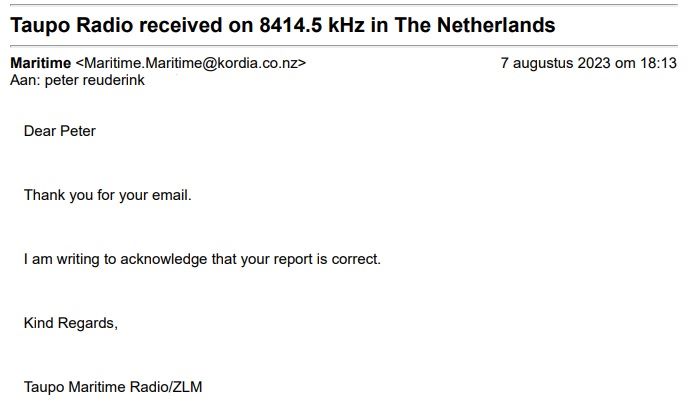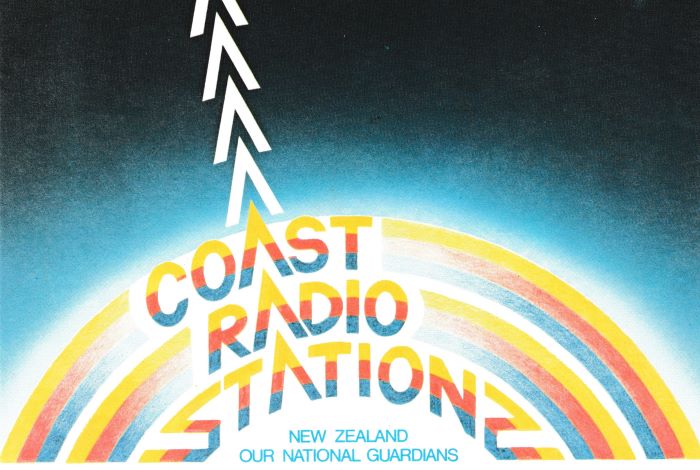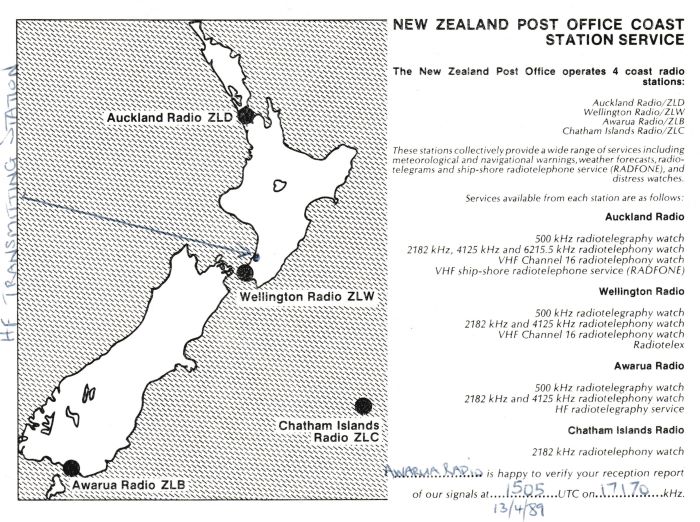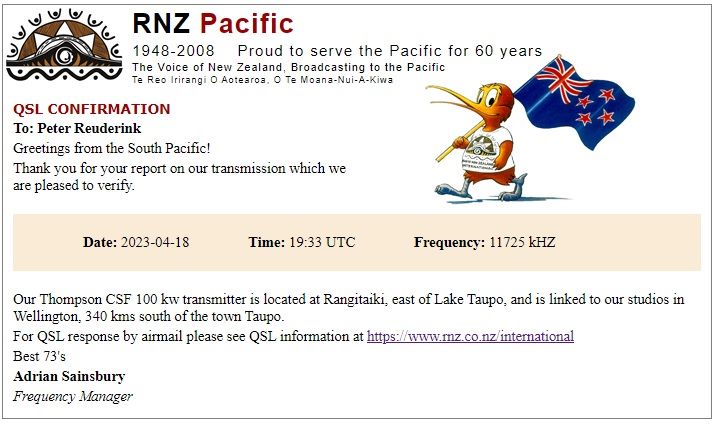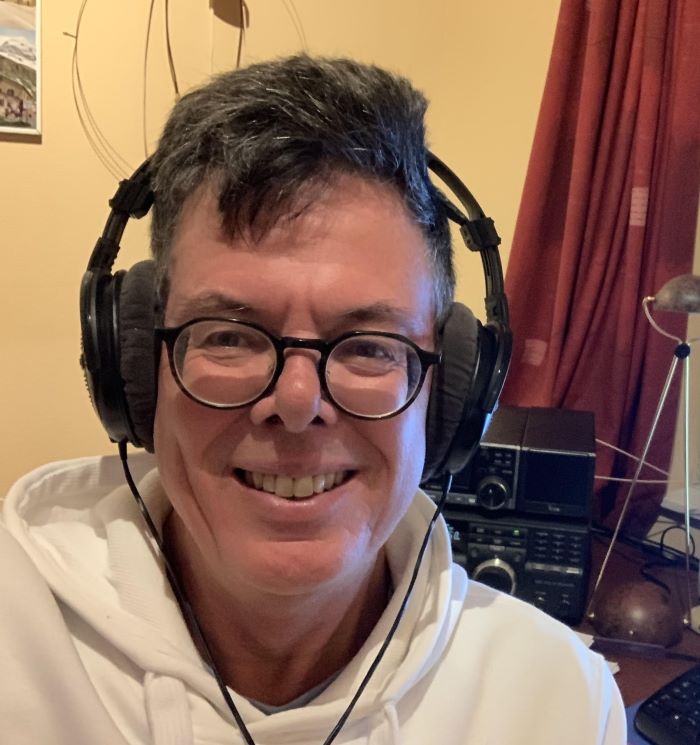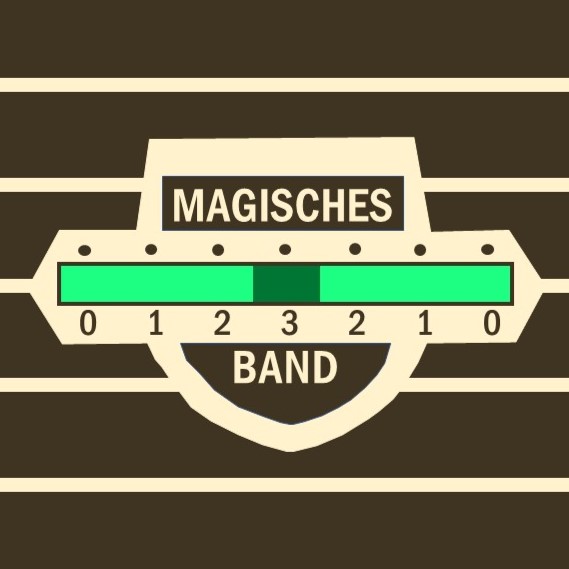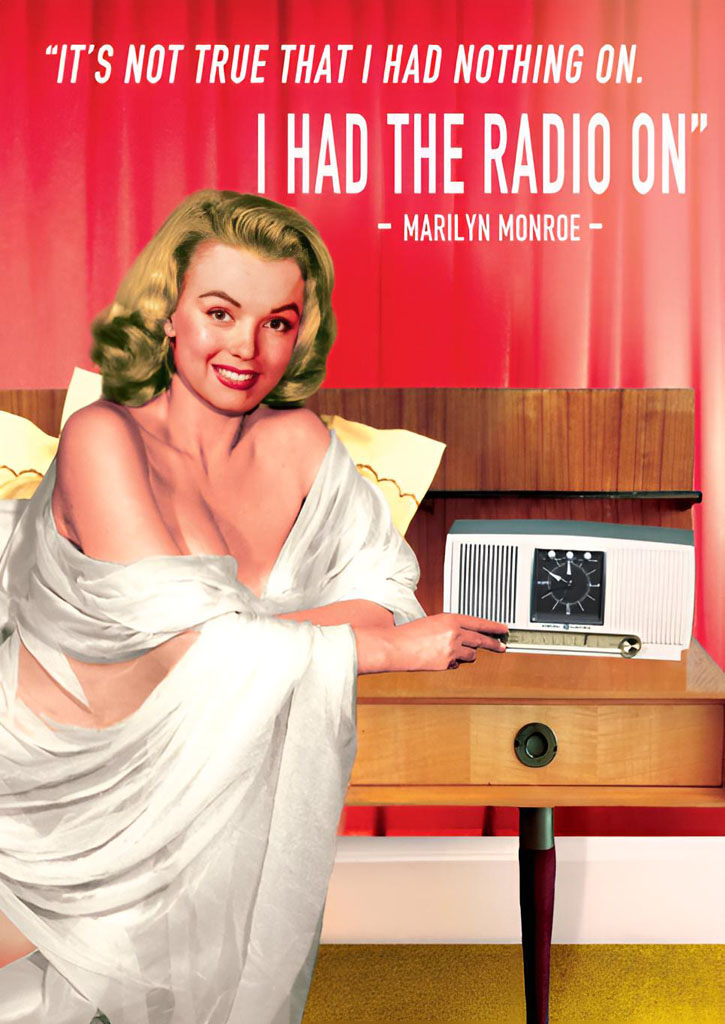
Since I resumed the hobby I spent quite a bit of time on maritime DX (DSC mode) and NDBs. But I didn’t do as much on HF Aero. So time to see what’s going on the aero-bands. I did already a couple of SelCal decodes (so nice that we have programs like MultiPSK that allow us to do so) when I discovered HFDL.
I first heard Shannon. On audio the pattern is a brief tone, and then a data burst, as in this audio clip. Using the Klingenfuss guide I started to look for other frequencies, decoded with MutliPSK, and got some Auckland decodes.

Receiving something from New Zealand is always nice, but what about a QSL? I decided to contact Airways New Zealand. Todd, who is operations team lead at Airways told me that they were truly interested in my reception, it wasn’t Auckland Radio that I heard (as they are responsible for voice), but he could confirm I received the HF data link from Auckland.
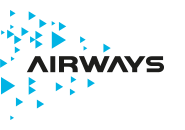
Meanwhile I’ve learned a little bit more about HFDL. Apparently it is a service called ACARS (Aircraft Communications and Reporting System) initially developed by ARINC (Aeronautical Radio Incorporated). ARINC is now part of Collins Aerospace. UDXF offers a nice information sheet about this service that allows aircraft to exchange date via a ground station with their operators.
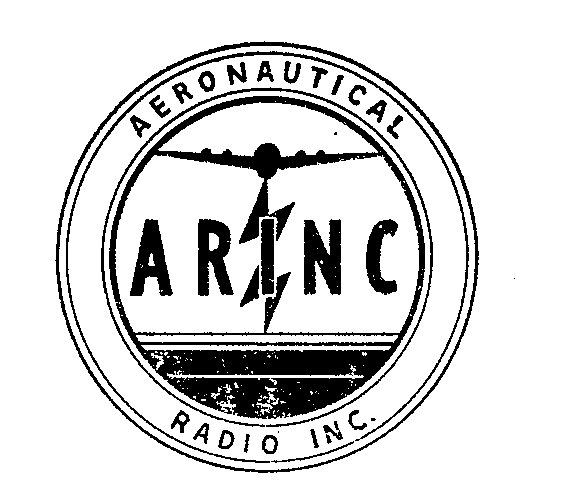
Apparently there are 16 ground stations that provide HFDL. I’ve heard Hat Yai, Telde (Canarias), Shannon and Auckland by now. The beauty is that via this digital technique aircraft can for example broadcast their position in 2 seconds, something which would take 1 minute by voice. And during high solar activity periods the digital mode of communication proved to be much more reliable for aircraft flying over polar regions in particular.
San Francisco, CA, USA
Molokai, HWA, USA
Reykjavik, Iceland
Riverhead, New York, USA
Auckland, New Zealand
Hat Yai, Thailand
Shannon, Ireland
Johannesburg, South Africa
Barrow, Alaska, USA
Muan, South Korea
Albrook, Panama
Santa Cruz, Bolivia
Krasnoyarsk, Russia
Al Muharraq, Bahrain
Agana, Guam
Canarias, Spain
Now I fully understand that I’m just a beginner in this field. So if you have additions, corrections, just let me know by leaving a reply in the comments. Thank you!
